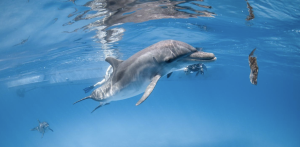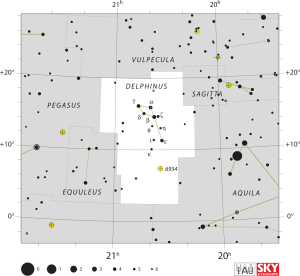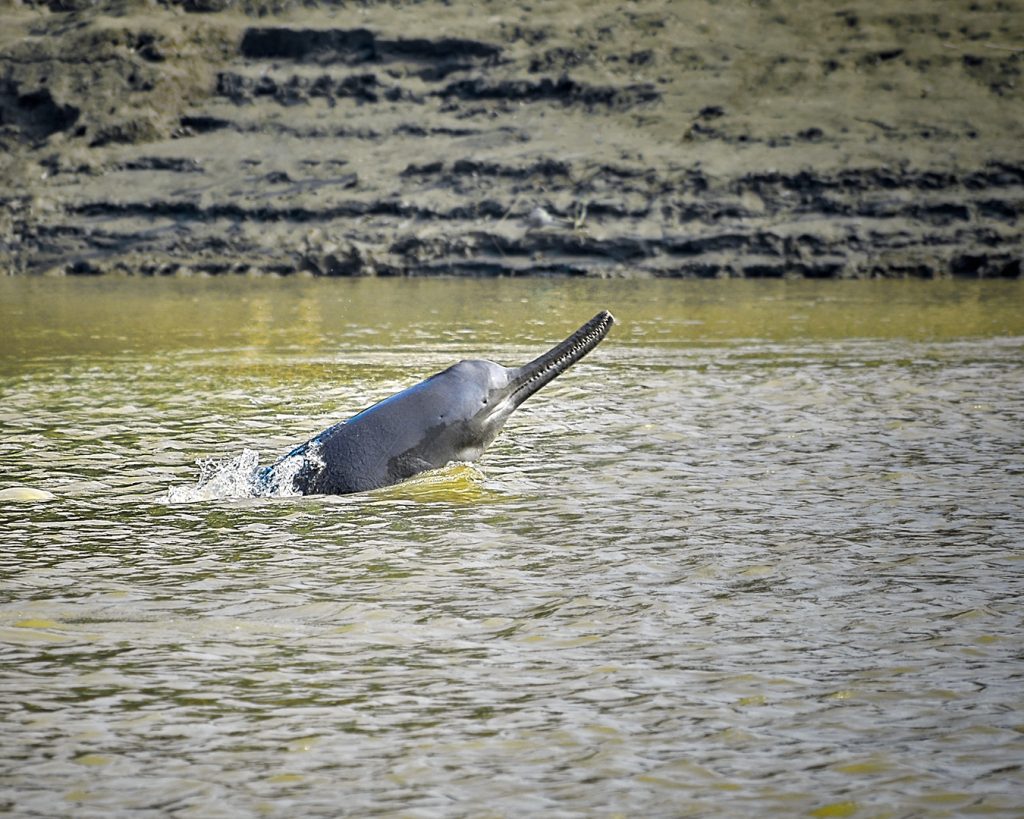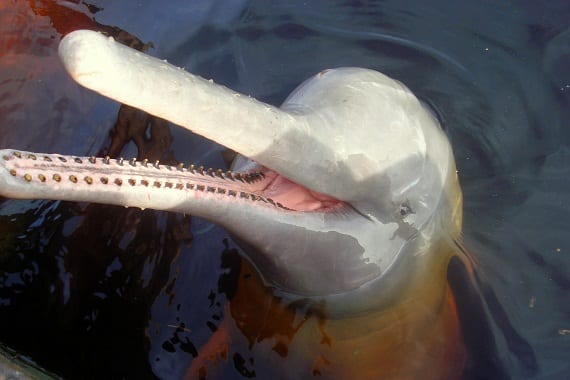
With their complex communication and obvious intelligence, dolphins have captivated the mind of Wild Dolphin Project scientists for 40 years. But, we aren’t alone — it’s been going on for centuries. In both modern and ancient times, stories depict dolphins as playful creatures with a strong bond to humans, often rescuing drowning sailors, guiding lost ships to safety, and forming deep emotional connections with individuals.
Keep reading to take a deeper dive into the role of dolphin in mythologies of different cultures, as they are feared, revered and celebrated.
Ancient Greece: Divine Messengers of Poseidon
In ancient Greek mythology, dolphins held a sacred place as companions and messengers of Poseidon, the god of the sea. They were often depicted riding alongside his chariot or guiding ships safely through stormy waters. According to legend, when the poet Arion was thrown overboard by pirates, he was rescued by a dolphin charmed by his music.
In another myth, Poseidon sent the dolphin king, Delphinus, to bring him the nymph Amphitrite. Delphinus was so kind that Amphitrite agreed to marry Poseidon, and in return, Poseidon named a constellation of stars after Delphinus. (When we’re out at sea in the Bahamas, we can see the constellation Delphinus — a small, but pretty recognizable constellation. It can be found to the east of the bright star Altair in the constellation of Aquila, the eagle.).

IAU and Sky & Telescope magazine (Roger Sinnott & Rick Fienberg)
One of the earliest dolphin stories, according to the book “Dolphins” by Chris Catton, is Homer’s ‘Hymn to Apollo’. Apollo founded the temple at Delphi after a journey all over Greece in search of a suitable location. Eventually he chose a cave at the foot of Mount Parnassus, which was guarded by Python, the serpent. He killed the Python then escaped on a Cretan merchant ship in the guise of a dolphin. Apparently, Apollo directed the winds to blow the ship to the Greek coast in the harbor below Delphi. The hostages on the ship were instructed to serve him as priests. (Read more here).
Maori Culture: Guardians of Souls
Maori are the indigenous Polynesian people of mainland New Zealand. In their tradition, sometimes taniwha, powerful supernatural beings that inhabit the ocean, took on the form of whales or dolphins. For example, it was believed that a taniwha that acted as a protector for the Ngāti Tamaterā of Hauraki tribe, and would take the form of a dolphin and play about in the river to warn its people of an impending invasion, according to Te Ara, the encyclopedia of New Zealand.
In a different tale, Te Tahi-o-te-rangi, a well-known tohunga (priest) from Whakatāne, was abandoned by his people on Whakaari (White Island). Reciting a spell, he summoned the great whale-shaped taniwha Tūtarakauika, who took him back to the mainland.
New Zealand is home to one of the world’s smallest dolphin — the Hector’s Dolphin, measuring only about 1 meter when fully grown. Maori called it Tutumairekurai, meaning special ocean dweller. Some Maori tribes, particularly those in the South Island around the Banks Peninsula (where the Hector’s Dolphin is most commonly seen) believed that the spirits of the dead would become tutumairekurai.

Hector’s dolphin in New Zealand. Photograph by James Shook
Roman Mythology: The Divine Mount of Ganga
In Roman mythology, dolphins continued to be revered as symbols of protection and divine assistance. They were closely associated with Neptune, the Roman counterpart of Poseidon, and were depicted as loyal companions of the sea god. For instance, in Roman literature, dolphins carry souls to the Islands of Blest, also known as the Fortunate Isles, which were legendary islands of eternal bliss in the Atlantic Ocean, inhabited by heroes. Around the Black Sea, dolphin have been found in the hands of the dead, presumably to ensure their safe passage to the afterlife.
Hindu Mythology
In Hindu mythology the Ganges river dolphin is associated with the deity Ganga, of the sacred Ganges river. The dolphin is said to be among the creatures which heralded the goddess’ descent from the heavens and her mount, the Makara, appears as having the head of a crocodile and tail of a dolphin. (Learn more about the Ganges river dolphin here).
The Ganges river dolphin, Platanista gangetica, is a marine mammal found in the Ganges-Brahmaputra-Meghna river system in South Asia and it is recognized by the government of India as its National Aquatic Animal.

Ganges river dolphin. Photo: Kukil Gogoi
Other random fact about dolphins in human culture:
One of the first British ships to explore the Pacific was called The Dolphin, under the command of Captain John Byron (grandfather of the famous poet) in 1765.

